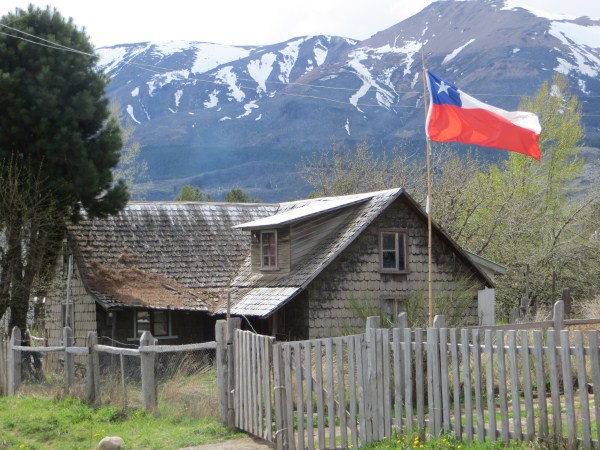KEY WORDS: alerce trees, temperate rainforest, shingle houses, adobe houses, Andes mountains, conifer trees
We’re running through Patagonia, Southern Chile at the moment. The road is made of hard-packed gravel, cobbles and stones. This is especially hard work for running, as we have to pull the trailer with greater force over the surface, as there is a lot more friction. We also have to dodge pot holes! The road is very hilly, which means lots of hills to run up- grrrr!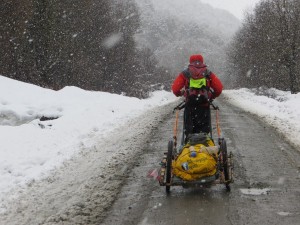
Although we are very tired every night, from all the hills and running, the landscape is very beautiful and fantastic to run through. The mighty Andes mountains rise up by our side. This is the longest mountain chain in the world. It rose up out of the sea as volcanoes and is still rising today and contains many active volcanoes. The mountain tops (peaks) are snow-capped with woodlands stretching to the snow-line. Different types or species of trees grow at different levels on the mountain sides as some prefer cold temperature and some prefer warmer temperatures.
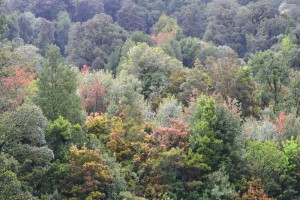 There are not many people living down here as it is generally very wet and cold. The main type of habitat (particular environment of plants and soils in which wild animals live) is temperate rain forest with many old tree species, different plants and wonderful animals.
There are not many people living down here as it is generally very wet and cold. The main type of habitat (particular environment of plants and soils in which wild animals live) is temperate rain forest with many old tree species, different plants and wonderful animals.
Temperate rainforests are like the rainforests of the tropical areas (e.g. the Amazon) as there can be over 4 m of rain per year. The big difference between temperate and tropical rainforests is the amount of sun and the temperature of the area. Temperate rainforest grow in cold conditions with much less sun than in the tropical areas of the world.
People that do live here graze cattle and sheep, collect firewood for the towns, fish the rich waters of the Pacific Ocean,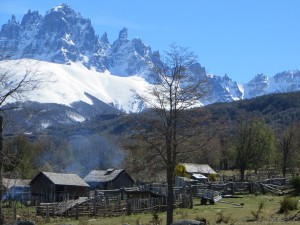 farm fish and work in the tourism industry. Traditionally their houses were made from wood. They used the mighty alerce trees to make “shingles”. These are thin pieces of wood that are laid slightly over one another to create a wall and roof for the house. When the alerce tree is cut its wood easily falls into thin pieces that can form the shingles. The bark is also special being fibrous and was used to “caulk” boats. Caulking is material that is used between the wooden planks of the body or hull of the boat to keep it water tight.
farm fish and work in the tourism industry. Traditionally their houses were made from wood. They used the mighty alerce trees to make “shingles”. These are thin pieces of wood that are laid slightly over one another to create a wall and roof for the house. When the alerce tree is cut its wood easily falls into thin pieces that can form the shingles. The bark is also special being fibrous and was used to “caulk” boats. Caulking is material that is used between the wooden planks of the body or hull of the boat to keep it water tight.
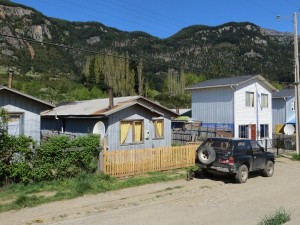 The wood of the alerce tree is also very special as it is resistant to rotting. Unfortunately, this means that is has been over-harvested by people for construction of houses and boats etc. and is now very rare. It is now against the law to cut an alerce tree down in Chile and the species has been declared a national monument.
The wood of the alerce tree is also very special as it is resistant to rotting. Unfortunately, this means that is has been over-harvested by people for construction of houses and boats etc. and is now very rare. It is now against the law to cut an alerce tree down in Chile and the species has been declared a national monument.
The alerce tree is a conifer tree. It is evergreen and has little spiky needles as leaves. In the UK there are three conifer trees: the yew, Scot’s pine and juniper tree. The yew is the oldest living tree in the UK with one specimen in Berkshire of 2,000-2,500 years old, believed to be the oldest! The alerce tree is believed to be the second oldest tree in the world with one individual over 3,600 years old! The oldest tree in the world has been found in the western USA, a bristle-cone pine.
In the past the hunter gatherers of southern Chile including the Selk’nams, Yaghans, Alacalufs and Chonos people made their huts out of animal hides over a wooden structure. They made small clearings in the woods by the side of the sea and mainly fished for food. In the north of Chile where it is dry and hot people made adobe houses out of sand, earth, clay, water and plants. Today, many modern houses are made from sheets of corrugated iron in Chile.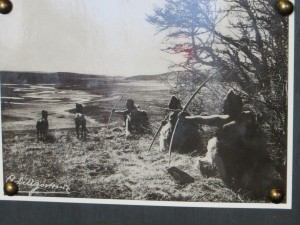
EXERCISE:
In the UK old houses in different parts of the country are made from different materials depending on what was available locally.
Can you find out what materials were used in your area to build houses and why?
